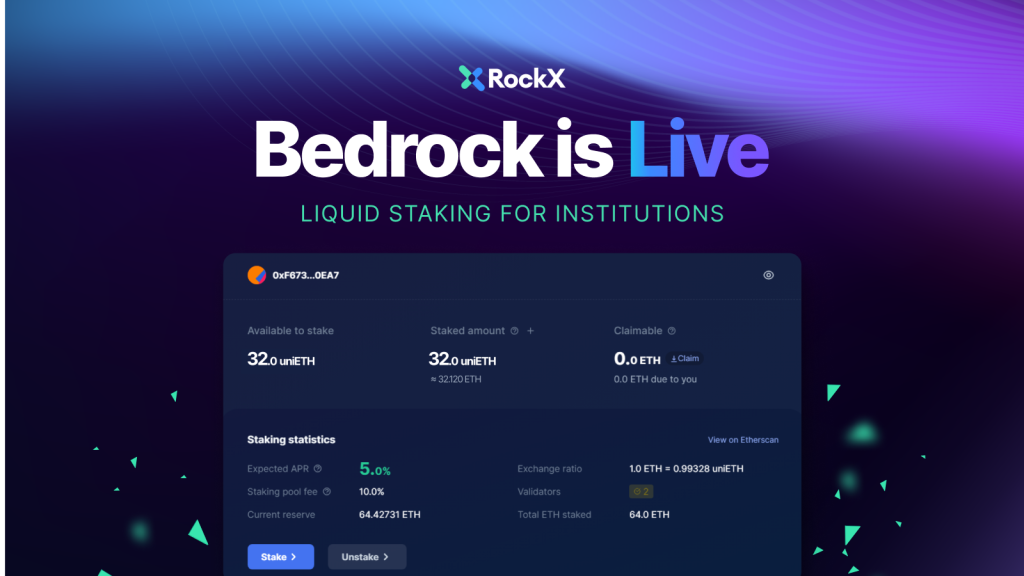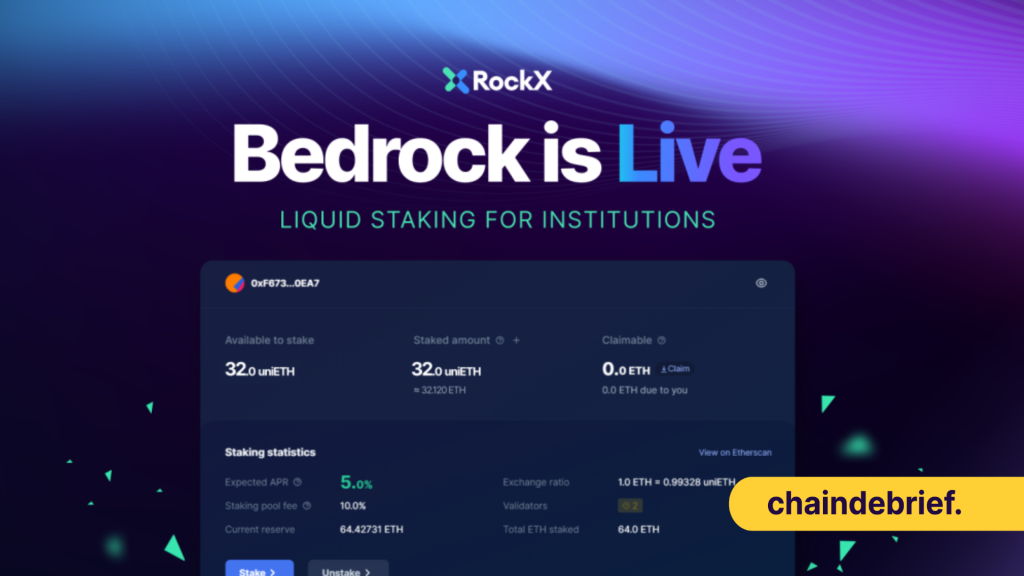The announcement of Ethereum’s Shanghai upgrade gave birth to one of the better-performing narratives in Crypto this year, Liquid Staking.
On top of the Ethereum staking protocols, such as Lido and Rocketpool, which rose in popularity, centralized entities that offer staking solutions for crypto investors also did. Platforms such as Coinbase, Kraken and Binance offer these staking services in a highly convenient and accessible manner, allowing investors to stake their $ETH easily by just opening an account with these exchanges.
The biggest difference between traditional staking and liquid staking solutions is the flexibility of the assets. To stake something, you put up something you own to say you are dedicated to the “cause”, which means people who stake their tokens will not be able to unstake their crypto immediately.
This makes staking capital inefficient. But that is what liquid staking solves, a way to keep the benefits of normal staking while maintaining flexibility to use your assets.
Liquid staking with Bedrock
This gap in the market, the inaccessibility to liquid staking derivatives, made RockX launch its new liquid staking project called, Bedrock.

Bedrock is a non-custodial solution that satisfies the requirements of institutions seeking a basis for large-scale liquid staking. It allows for “more people and institutions to enter the space to tap on its yield opportunities.”
CEO and Founder, Zhuling, also added the creation of Bedrock “was to fill this gap in the market by allowing institutions to engage in large-scale liquid staking in a compliant manner, with built-in KYC/AML processes for those looking to stake more than 32 ETH. At the same time, retail stakers still have the flexibility to the anonymity they desire through DeFi.”
RockX has been running countless Ethereum nodes and has managed a cumulative total of over 240,000ETH over the past two years.
“Our experience with the Ethereum blockchain puts us in a good position to provide our clients with more ways to engage with the ecosystem in a safe and transparent manner through Bedrock.”
By bringing new levels of transparency and security to liquid staking, Bedrock allows institutions to unlock liquidity safely by adhering to regulations while leveraging a true crypto-native solution.
Their first product under Bedrock is liquid staking built for the Ethereum network. Here, participants who deposit $ETH will receive a tokenized version of staked Ether, known as uniETH or universal ETH, as a claim to the staked $ETH and accrued staking rewards over time.
Especially for those looking for capital efficiency of the assets staked while earning yields, Bedrock is for crypto investors looking for crypto-native yields with cost and minimal risk of losing principal while participating in liquid staking with adherence to regulations and authority
How is yield generated?
Yield is generated from staking within Ethereum’s Consensus layer. The ETH deposited with Bedrock will be staked into nodes to validate transactions for the Ethereum network, earning validator rewards.
Their method of liquid staking pegging works through market equilibrium when withdrawals are enabled. Users can easily change uniETH to ETH according to a ratio calculated based on:
Current reserve / Total supply of uniETH where Current reserve = (ETH deposits into Bedrock + validator rewards + transaction fees + MEV) – fee RockX charge
Main features of Bedrock
Bedrock is also fully built on-chain, with all smart contracts audited by industry-leading audit firm, Peckshield, and is available for the public to view.
Furthermore, minting is also done on-chain, so verification of all liquid-staked token transactions can be easily done on-chain. At the same time, the hybrid cloud architecture and backup nodes are used to avoid any single point of failure, while our 24/7 monitoring and recovery system ensures nodes are always online.
Additionally, Zhuling added on the topic of transparency and compliance that “any user wanting to stake more than 32 ETH will need to undergo an additional KYC layer, ensuring that all KYC/AML compliance requirements are met for larger clients. By ensuring transparency and compliance by design, Bedrock serves as the secure gateway that brings traditional finance players into the world of DeFi.”
This very secure gateway represents Bedrock as the middle ground between centralized products with a decentralized offering in the market. Tapping into the user-friendliness and accessibility of CeFi platforms, along with the promise of transparency of DeFi gives any user the best of both worlds.
Additionally, compliance with anti-money laundering (AML) regulations is also at the top of their mind as a critical metric for long-term sustainability. This is prevalent in recent times, as the presence of Ponzi schemes, money laundering, and scams in this space further underscores the importance of staying compliant with AML and know-your-customer (KYC) regulations.
RockX believes that “regulations should serve as guardrails that allow for responsible innovation in this nascent space, rather than stifling it. With Bedrock, we try to strike that delicate balance between the two, offering our institutional clients a safe and transparent gateway to access liquid staking in a compliant manner.”
Closing thoughts
The Ethereum network is just the start, RockX is in the works to bring forth other uniTOKENs (uniAssets) on other networks, which will be launched under Bedrock (project) in the future.
Being agnostic to CEX or DEX, not only do they allow market makers to capture arbitrage opportunities, liquidity pools (LP) provide 24/7 access to liquidity and allow market makers to build efficient order books, they ultimately make DeFi easier.
As DeFi continues to grow and seek widespread adoption, Bedrock’s ease of convenience could be a contender in bringing the next billion into crypto. If you want to access RockX’s enterprise-grade liquid staking solution, get the full access here.
Also Read: Are Liquid Staking Derivatives The Solution For Ethereum’s $19B Withdrawal?
[Editor’s Note: This article does not represent financial advice. Please do your research before investing.]
Featured Image Credit: Chain Debrief



































